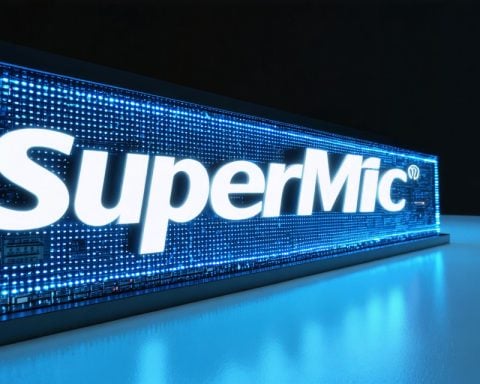In the rapidly changing smartphone landscape, Nokia is making headlines with its focus on sustainability and innovation. Once a dominant force, Nokia is attempting a striking comeback by prioritizing eco-friendly practices and cutting-edge technology.
Recent announcements have seen Nokia launching smartphones built with recyclable materials and modular designs. This bold move aims to reduce electronic waste significantly, addressing a growing concern among environmentally conscious consumers. By embracing sustainable production, Nokia intends to set a precedent that could redefine the industry’s standard approach to manufacturing.
Additionally, Nokia’s strategic embrace of 5G technology aims to bolster its presence in the fast-evolving telecommunications sector. Collaborations with top-tier telecom operators and infrastructure providers underline Nokia’s commitment to leading in the transition to 5G, promising faster connectivity and more stable network experiences globally.
Furthermore, Nokia is pioneering innovations in communications technology by exploring potential applications of 6G. Although nascent, this technology promises unparalleled data transfer speeds and could transform how users experience mobile connectivity.
With these forward-thinking initiatives, Nokia’s path forward represents both an ambitious comeback strategy and a potentially transformative shift for the industry. By combining sustainability with next-generation technology, Nokia is positioning itself not only as a smartphone maker but as a leader in adopting holistic approaches that meet the demands of a new technological era.
Can Nokia’s Green Tech Vision Reshape Our Digital Future?
As Nokia surges into the spotlight with its green tech innovations, questions arise about the broader implications of its ambitious leap into sustainable technology and high-speed connectivity. While Nokia aims to redefine industry norms, how might these developments ripple through societal and economic landscapes?
One intriguing aspect of Nokia’s strategy is the potential impact on global electronic waste. With approximately 50 million metric tons of e-waste generated annually, Nokia’s commitment to recyclable and modular materials could significantly alter this trajectory, creating new opportunities for circular economies. Consumers, now more environmentally aware, may begin to prioritize sustainable tech, prompting competitors to rethink production practices.
However, challenges accompany these green aspirations. The cost of modular designs and recyclable materials might inflate production expenses, potentially raising consumer prices. Will the market support these eco-conscious yet potentially pricier products?
Nokia’s deep dive into 5G and prospective 6G developments raises another set of considerations. Enhanced connectivity promises new dimensions in remote work, online education, and Telehealth services, potentially narrowing digital divides. Yet, concerns around data privacy and security in these ever-connected ecosystems remain paramount. How can such networks safeguard user data?
Ultimately, Nokia’s dual commitment to sustainability and connectivity could encourage other tech giants to follow suit, fostering community resilience and technological evolution. But as consumers and policymakers weigh environmental benefits against economic pressures, will Nokia’s model become the new golden standard?
For further exploration on sustainable tech initiatives, visit Nokia and explore their vision for a greener, connected future.























